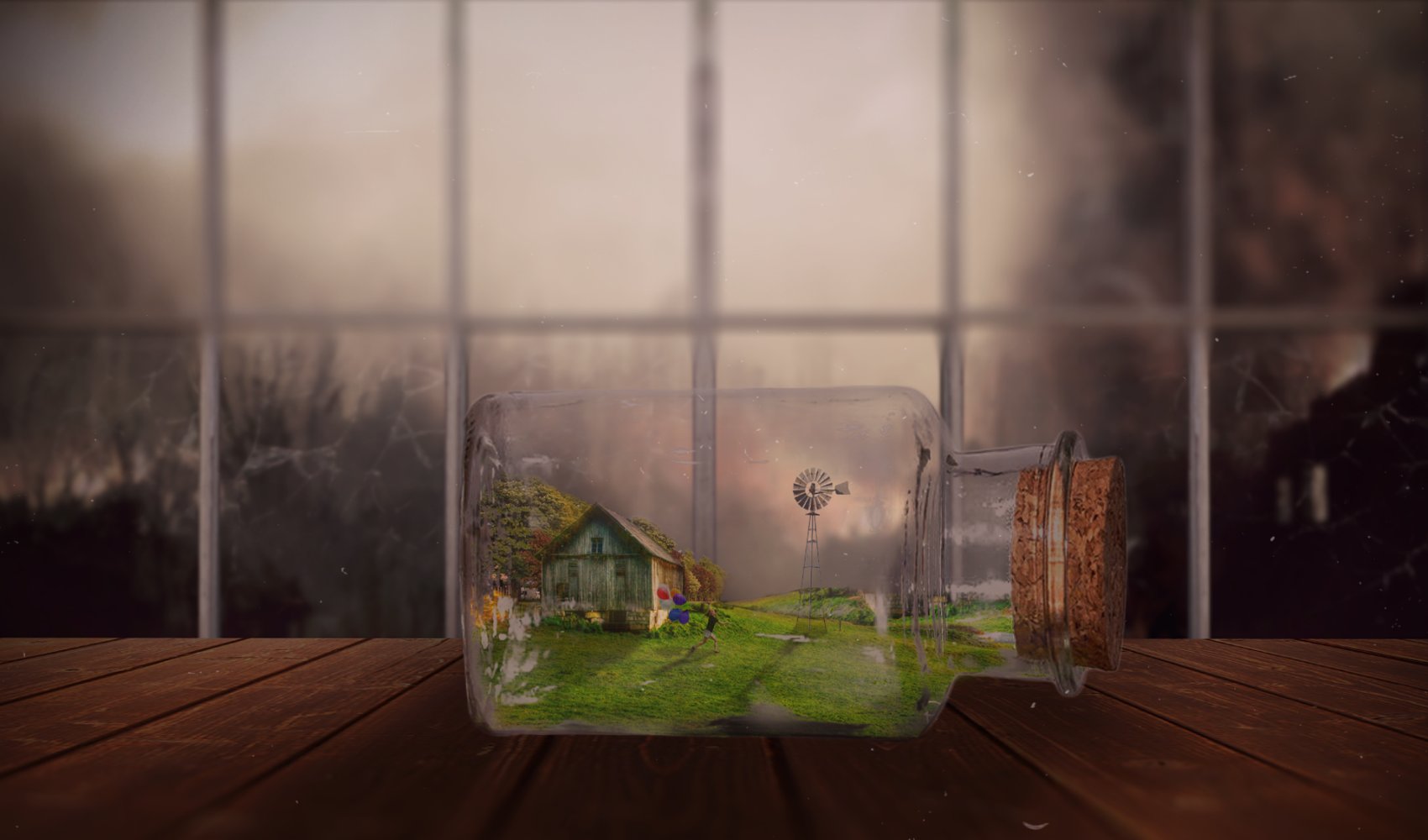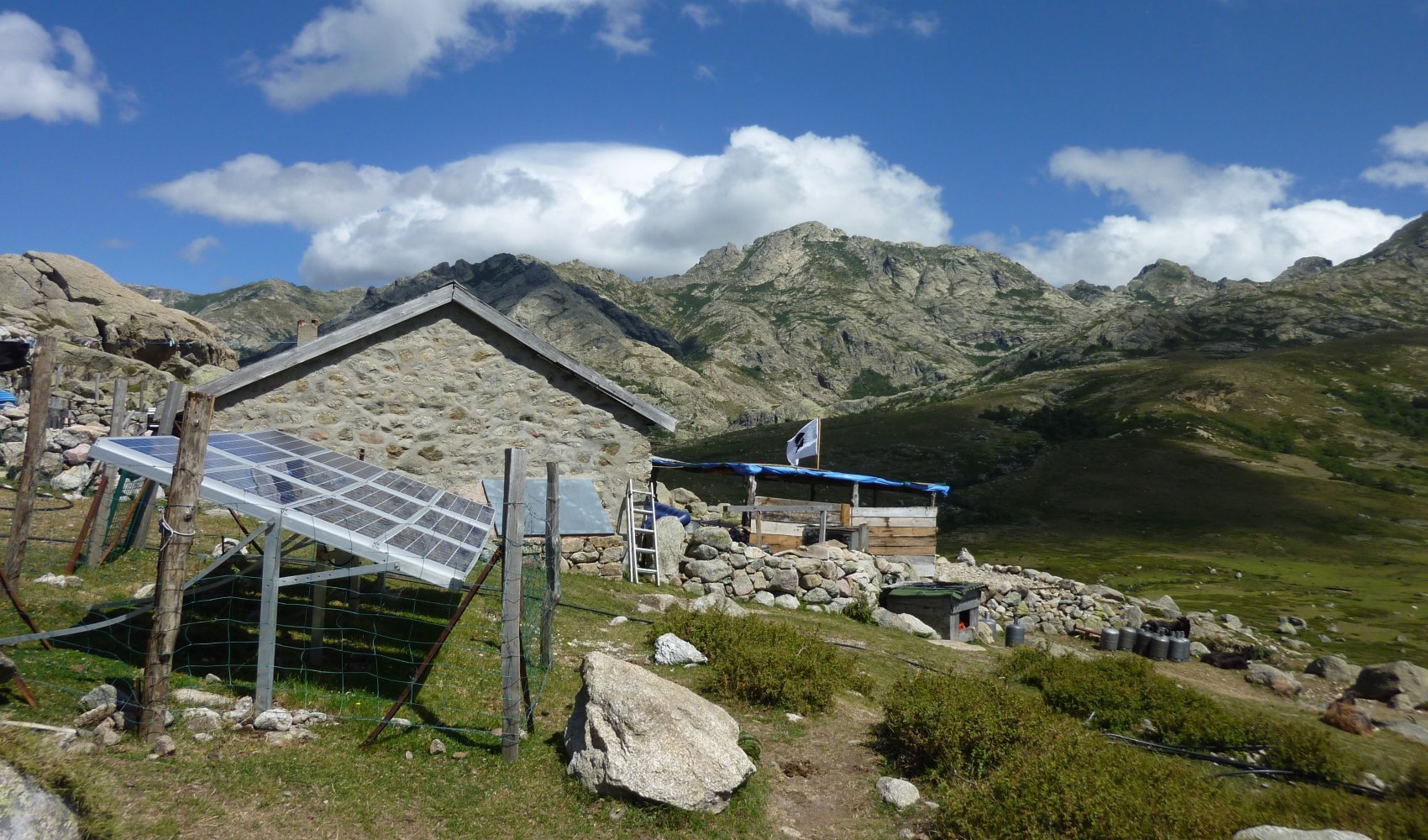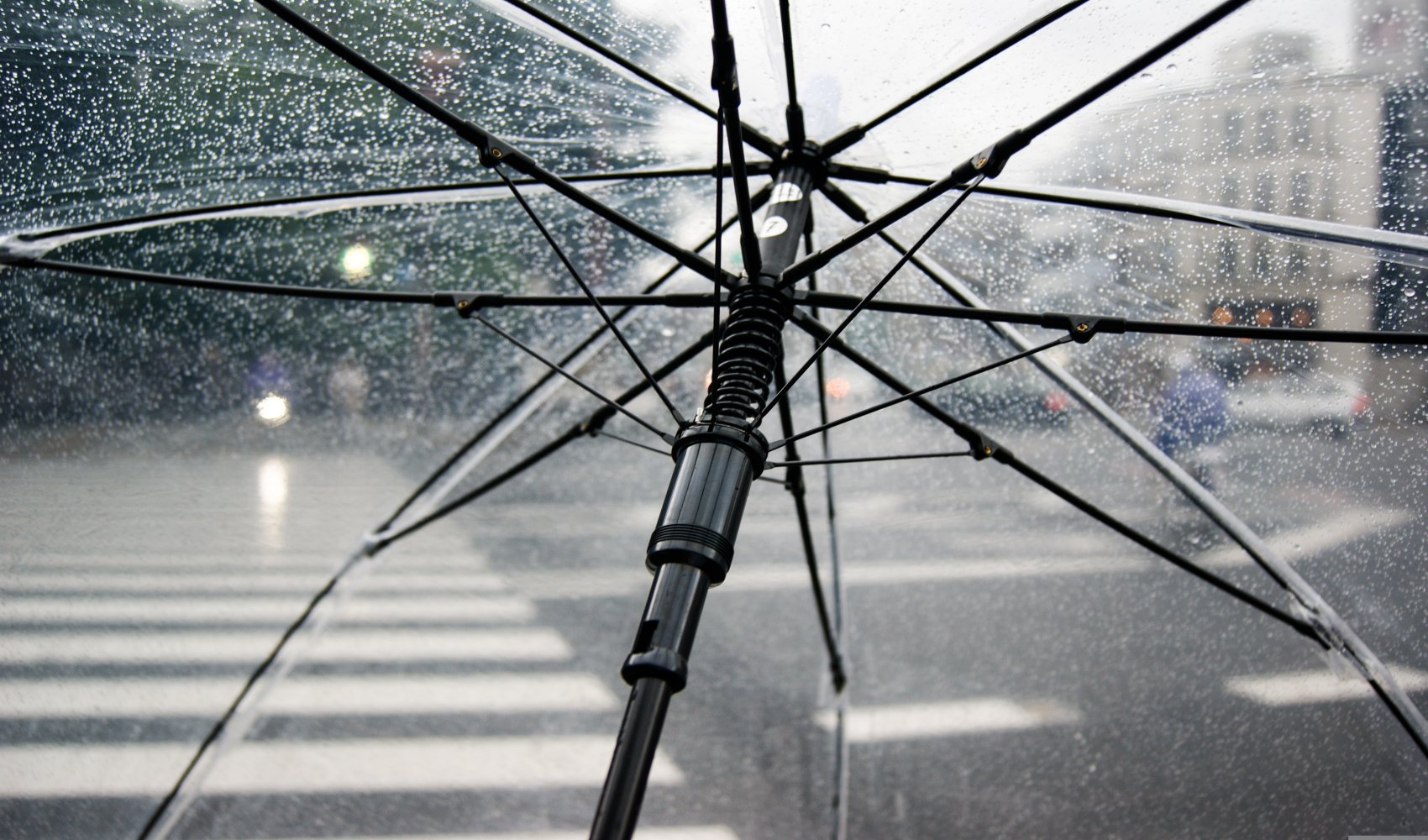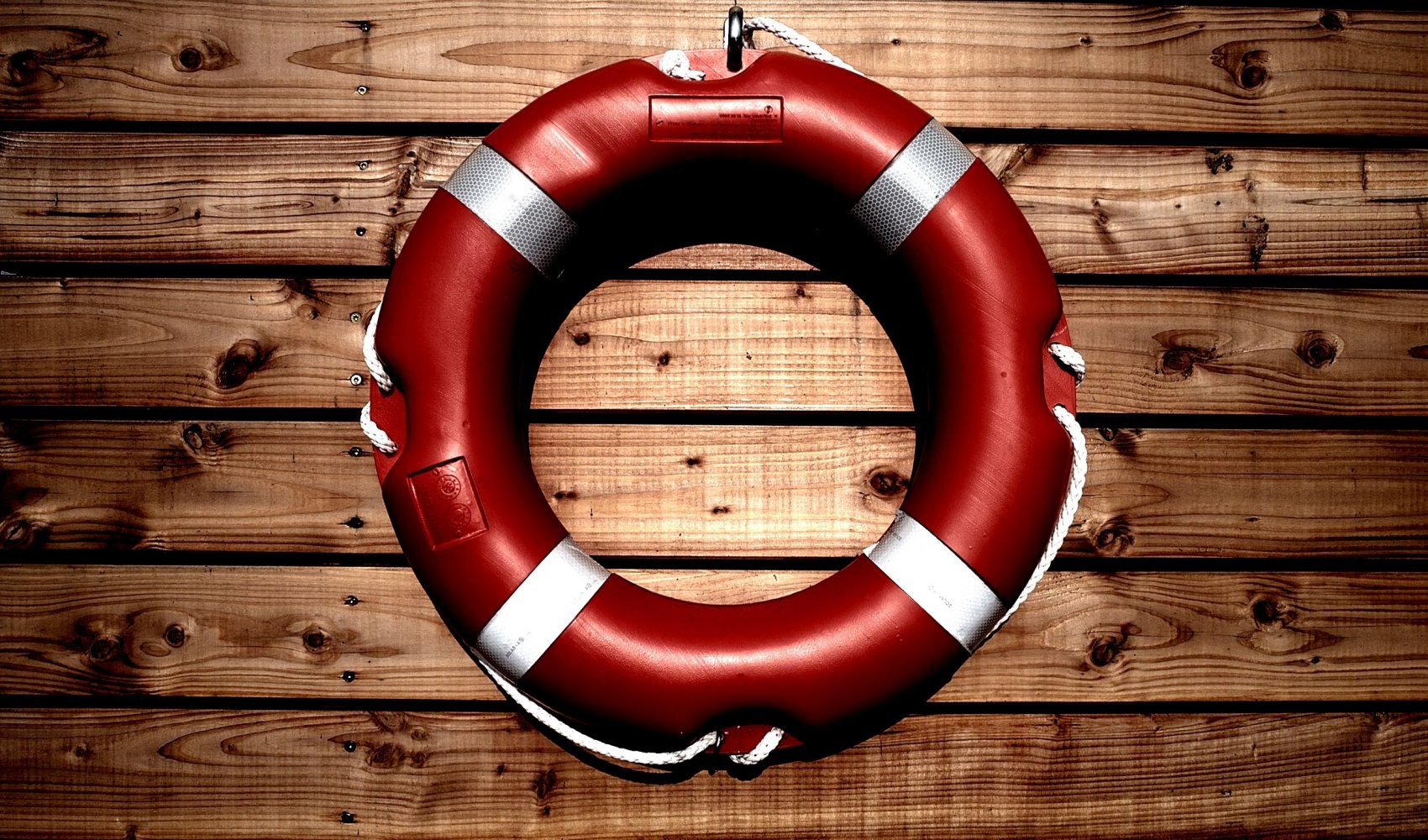 Get prepared for the inevitable...
Get prepared for the inevitable... From power cuts...
From power cuts... To the heating going off...
To the heating going off... Have back up power ready...
Have back up power ready... Whatever the weather.
Whatever the weather. Essential resources to survive off-grid!
Essential resources to survive off-grid!

The prospect of a nuclear attack can feel overwhelming and terrifying, conjuring images of widespread destruction and long-term devastation. While the likelihood of such an event may be low, the devastating consequences necessitate a proactive approach to preparedness. Being prepared is not about succumbing to fear, but about empowering yourself and your household with knowledge and resources to increase your chances of survival and minimize the impact of such a catastrophic event. This article aims to provide a comprehensive guide on how a household can prepare for a nuclear attack, covering immediate actions, short-term survival strategies, and long-term recovery considerations, all while addressing common concerns.
The immediate aftermath of a nuclear explosion is a critical period. The first and most crucial action is to seek immediate shelter. If you are outdoors when an attack occurs, do not look at the flash or fireball, as this can cause temporary or permanent blindness. Immediately drop to the ground and cover your head and neck with your arms. If you are indoors, move to the deepest part of the building, away from windows and outer walls. Basements or underground structures offer the best protection.
The primary threat in the initial hours is radioactive fallout, essentially dust and ash that can be carried by the wind for hundreds of miles and settle on the ground. This fallout emits dangerous radiation, and staying inside for at least 24 to 48 hours, or even longer depending on official guidance, is paramount. Seal off any gaps around doors, windows, and ventilation systems using plastic sheeting and tape to prevent fallout from entering your shelter. Turn off all ventilation systems, fans, and air conditioners that draw air from outside. If you suspect you have been exposed to fallout, remove your outer clothing by carefully rolling it down your body and placing it in a sealed bag or container, ideally outside your shelter. Wash any exposed skin and hair with soap and water, or if that is not immediately available, use a clean wet cloth.
Once you have secured your immediate shelter and minimized fallout exposure, the focus shifts to short-term survival. This phase emphasizes remaining in your shelter and conserving resources. A well-stocked emergency kit is vital. This kit should include non-perishable food and water for at least 72 hours, but ideally for two weeks or more, as official advice on when it is safe to leave shelter could be delayed.
Consider canned goods, dried fruits, nuts, energy bars, and water purification tablets or filters. Essential supplies also include a battery-powered or hand-crank radio to receive emergency broadcasts, a first-aid kit with necessary medications, flashlights with extra batteries, sanitation supplies such as toilet paper, wet wipes, and garbage bags, a multi-tool or knife, and a whistle to signal for help. If you have pets, ensure their needs are also considered with adequate food, water, and any necessary medications. Maintaining a calm and organized environment within your shelter will be crucial for psychological well-being. Assign roles if possible, and try to establish a routine to help manage stress and boredom. Communication with the outside world will likely be severely disrupted, so patience and reliance on official information from your radio will be key.
The longer-term implications of a nuclear attack are complex and can extend far beyond the initial fallout. Depending on the scale of the attack, societal infrastructure could be significantly degraded. Access to clean water, food, and medical care may be limited for an extended period. Therefore, long-term preparedness involves having a more robust supply of essentials and developing a plan for potential relocation or adaptation. Consider having a larger reserve of non-perishable food and water, as well as the means to purify water from alternative sources if necessary. Having a backup plan for power, such as a generator with fuel, could be beneficial, but consider the safety implications of running generators in enclosed spaces. For those living in areas that might experience significant long-term fallout, having a designated secondary shelter or a plan to evacuate to a less contaminated area might be necessary, but evacuation should only be considered when official guidance indicates it is safe or absolutely essential and with a well-defined route and destination. Maintaining a sense of community and mutual support, even in dire circumstances, can be an essential part of long-term resilience. Sharing resources and skills with trusted neighbors can significantly improve survival chances.
Coping with the consequences of a nuclear attack, both physically and psychologically, is perhaps the most challenging aspect of preparedness. Physically, the primary concerns will be radiation exposure, potential injuries, and the long-term health effects of radiation. Following official guidance on radiation levels and safe zones will be critical. Accessing medical care may be difficult, so having a comprehensive first-aid kit and knowledge of basic medical procedures is invaluable. Psychologically, the trauma of such an event can be immense. Fear, anxiety, grief, and post-traumatic stress are likely to be prevalent. Practical steps like maintaining routines, engaging in comforting activities, and supporting each other emotionally can help. If you have children, explaining the situation in an age-appropriate manner and reassuring them of their safety within the shelter is important. Seeking professional mental health support when it becomes available will be crucial for individual and community recovery. Remember that resilience is about adapting and overcoming adversities, and with thorough preparation, a household can significantly increase its capacity to navigate even the most challenging scenarios.
Frequently Asked Questions:
Q: How much water should I store for a nuclear attack? A: Aim for at least one gallon of water per person per day. For a nuclear attack scenario, it is advisable to store enough water for at least two weeks, or as long as you can manage, as you may need to remain sheltered for a prolonged period.
Q: What kind of food should I store? A: Focus on non-perishable foods that require no refrigeration or cooking. Examples include canned fruits and vegetables, canned meats and fish, peanut butter, dried fruits, nuts, crackers, and energy bars. Ensure you have a manual can opener.
Q: How long should I stay in my shelter? A: Initially, you should aim to stay in your shelter for at least 24 to 48 hours. However, you must listen to emergency broadcasts via a battery-powered or hand-crank radio for official instructions on when it is safe to leave. This could be longer depending on the intensity and duration of the fallout.
Q: What if I don't have a basement? A: If you don't have a basement, the best shelter is the most interior room of your house, away from windows and doors on the lowest floor possible. A bathtub or a closet can offer some protection. The goal is to put as much dense material as possible between you and the outside.
Q: How can I protect my pets? A: Include your pets in your emergency planning. Store enough food and water for them, and ensure they have any necessary medications. Keep them with you in your shelter. Be aware that pets can sense danger and may become distressed.
Q: What are the long-term effects of radiation? A: Long-term exposure to radiation can increase the risk of developing cancer, genetic mutations, and other health problems. The severity of these effects depends on the dose of radiation received and the duration of exposure. Following official guidance on safe areas and decontamination is crucial.
Q: Is it safe to use my regular utilities after an attack? A: Initially, it is unlikely that your regular utilities will be functioning. Even when they are restored, there may be concerns about contamination. Listen carefully to official instructions regarding the safety of using water, electricity, and gas.
|
|
|

|